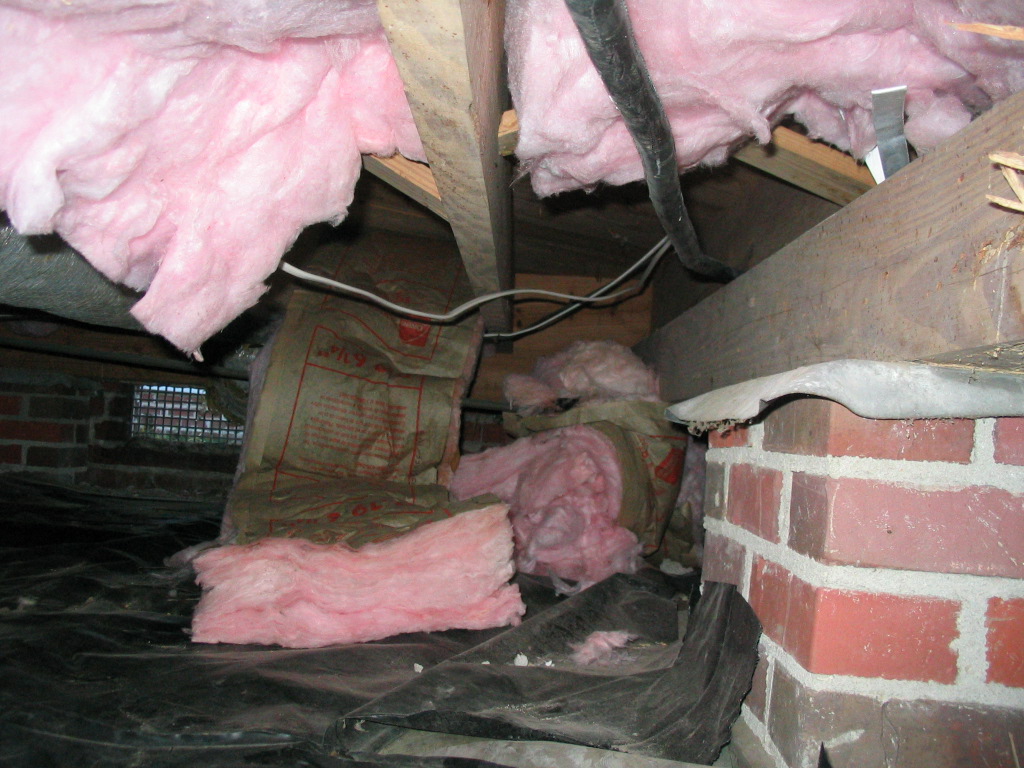10 Things to Look for in Creepy Crawl Spaces
You won’t find basements in
Charleston-area homes. Typical
foundations in the area are concrete slabs, and elevated construction, and
crawl spaces. The condition of crawl
spaces can range from spiffy to downright frightening. Consider these tips.
Homes on crawl spaces have
an air space between the ground and the underside of the home. Without proper management, moisture can
cause increased humidity levels in the crawl space and precipitate rot, mold,
or the invasion of pests such as termites.
Often plumbing and ductwork are run in the crawl space, and leaks from
these systems can further contribute to moisture build up under the house. In addition, if the yard is not sloped away
from the house, rainwater can flow into the crawl space. In some areas, groundwater can rise up from
underneath the space after heavy rain events.
A crawl space home is not necessarily worse than a slab or elevated
home; it simply requires some management and attention.
If you own or are
considering the purchase of a home built on a crawl space, there are several
things to look for:
1) Is a vapor barrier in place? A vapor barrier is essentially a sheet of
thick plastic over the soil in the crawl space that minimizes the influx of
moist air from the soil. Even some
recently built homes do not have vapor barriers. Take a peek through the crawl space vent to see if the vapor
barrier is present and covers the entire ground surface.
 |
| The gap in this vapor barrier allows moisture into the crawl space. |
2) Does the crawl space have vents and are they screened
to prevent pests from entering? Mice,
marsh rats, and other creatures often take up residence in crawl spaces. Screening will keep the critters out.
 |
| Screening over the larger vent openings prevents vermin from entering. |
3) Is any ductwork in the crawl space properly sealed
and insulated? A telltale sign that the
ductwork needs attention is puddles of water sitting on the vapor barrier. In the summer, when cold air from the
ductwork comes in contact with hot humid air, condensation will occur and drip
in the crawl space, often contributing to increased humidity levels under the
house.
 |
| Hot humid air contacts cool air leaking from duct work causing condensation and puddles. |
4) Are there any plumbing leaks? They often go unnoticed under a
house.
 |
| This drain line for the kitchen is disconnected. |
5) Are all penetrations to the first floor sealed? Conditioned air will leak out of the house through
unsealed penetrations such as bathtub and sewer drains, water and gas lines,
heat pump condensate lines and even cable/phone, and electrical lines. When cool dry air meets the warm moist air
in the crawl space, condensation will occur on the building.
 |
| These penetrations can be easily sealed with spray foam. |
6) Is there any debris or trash in the crawl space? Anything that could be a “home” or food
source for pests should be removed, including paper and items repairmen
sometimes leave in the space.
7) Is the crawl space insulated, and is the
insulation secured in the floor joists?
Some older homes may not have insulated crawl spaces. In many homes with insulated crawl spaces,
the insulation is not secured and falls down from the floor joists. It is easily reinstalled, but if it’s wet,
it should be replaced.
8) Where does rainwater falling from the roof
go? Do gutters and downspouts direct
water away from the home’s foundation?
 |
| This rain barrel collects runoff. |
9) Is there a fan running in the crawl space? This is a telltale sign of a moisture
problem. Current building science
information indicates that running a fan in a crawl space simply circulates the
air but will not reduce humidity levels.
When the outside summer air is 85 degrees and 80 percent humidity,
running a fan won’t help matters.
10) Is there a sump pump in the crawl space? This is an indicator that the space receives
water and a system is in place to collect the water and remove it from the
space.
Sealing
crawl spaces is a relatively new practice.
The space is closed up with a fiber reinforced plastic barrier essentially
bringing the space into the building envelope of the house and blocking
intrusion of outside air. Often this
includes the installation of a dehumidifier and system to monitor humidity
levels under the house. For homes in
flood zones, insulated break-away vents are installed to allow any flood water
to drain from the space. Advanced Energy, a building science think tank in North Carolina, has done extensive
research on sealed crawl spaces and published a useful guide.
This short video
from Advanced Energy summarizes how water enters a crawl space and how sealing
and proper maintenance can minimize moisture issues under the home. They also have several additional short,
informative videos discussing moisture and mold management in crawl spaces such as this video on closing your crawl space vents.
If
you are considering the purchase of a home with a crawl space, ensure you have
a thorough inspection and plan to maintain the space to prolong the life of the
home, minimize pest issues and ensure good indoor air quality.











Unfortunately, if your crawl space has leaks or if there are problems with your crawl space, this unobtrusive area below your home can suddenly become a big issue. If you are having problems with your crawl space, you need to call in the professionals right away and get rid of the severe problems.
ReplyDeleteIf you are considering the purchase of a home with a crawl space, ensure you have a thorough inspection and plan to maintain the space to prolong thewet crawl space life of the home, minimize pest issues and ensure good indoor air quality nice article nice info
ReplyDelete